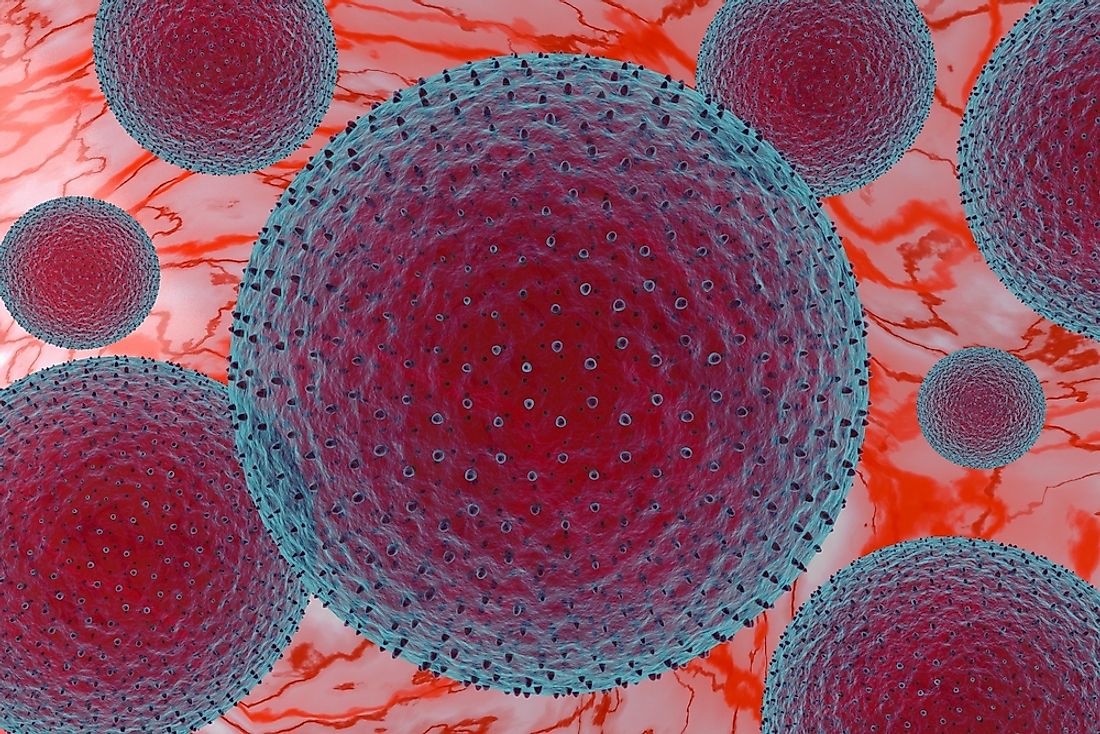What is the Bazaar Fly?

The bazaar fly, scientifically known as Musca sorbens, is an insect belonging to the genus Musca, as does the common housefly. These flies are commonly found in the tropical regions of Asia, Africa, and the Pacific whose temperatures range between 16 to 40 degrees Celsius. The flies are thought to have coevolved alongside human populations, and continue to live in close proximity to humans. The fly is known for being the main insect responsible for the transition of the bacterium Chlamydia trachomitis which caused trachoma, the main cause of preventable blindness.
Lifecycle of the Bazaar Fly
They are commonly witnessed flying around during summer. However, for optimal colonization, these flies require a temperature of 28 degrees celsius and an 85% humidity level at a low or medium altitude. It has a life cycle of 9 days, which begins with an adult fly laying eggs on human or other animal fecal matter. The eggs turn into larva which upon survival grow into adult flies.
Relationship with Humans
At the beginning of the fly’s life cycle, the human feces forms an important medium for its eggs with production of many and high quality adult flies. In the tropical regions, the fly has been known to habitually settle on people’s faces especially in close proximity to the eyes. It also is attracted to suppurating wounds, sweat, and other bodily sections like tears. The health concern as far as these flies are concerned is the fact that they are a vector for transmission of trachoma among humans. Research indicates that children are the major carriers of the bacteria that causes this disease, with the bazaar fly implicated in the spread of the disease.
Trachoma and the Bazaar Fly
This disease is caused by Chlamydia trachomitis, a gram negative, non-motile and non-spore forming bacteria of the genus chlamydia responsible for causing preventable blindness among people. Trachoma is an eye infection commonly known as kerato-conjuctivitis and often proceeds to cause blindness in a person. Other than trachoma, this bacteria has been implicated in pelvic inflammatory disease, neonatal pneumonia and urethritis.
Trachoma is spread either directly through direct contact or indirectly via clothing or the bazaar flies. Predisposing factors to trachoma are majorly poor living conditions and poor sanitation. The carriers of the trachoma-causing bacteria ingest it through faecal-oral route due to poor sanitation. The trachoma blindness begins as an active infection of the conjunctiva. The infection causes inflammation, the chronic type, characterized by infiltration of lymphocytes and macrophages. Recurrent infection then causes further inflammation which leads to loss of goblet cells, atrophy of the epithelium and degradation of the connective tissue. These events collectively lead to conjunctival scarring. It is this scar formation which is implicated in visual impairment since it is accompanied by bulking and contraction of the upper eye lid. Total blindness is preceded by minor forms of visual impairment like trichiasis.
Since trachoma-related blindness is preventable, improvement of living conditions plays a major role in the affected communities. Destruction of the bazaar flies habitats plays a major role too. At an individual level, frequent face washing in those infected is encouraged in a bid to curb the disease spread. In the active phase of the disease, antibiotic therapy is employed for treatment whereas in the advanced stage characterized by scar formation, surgical correction has proved effective. In both cases, follow ups are entertained to prevent trachoma recurrence.











